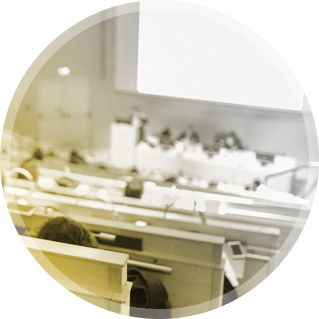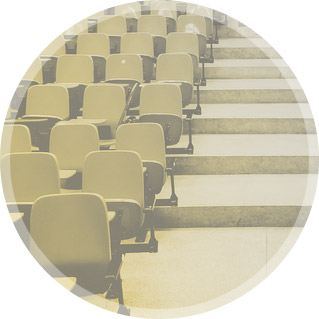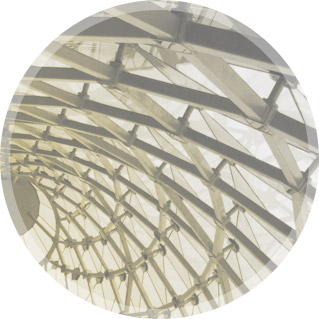Samford University
Department of Architecture & Interior Design, School of the Arts
The mission of the Samford University’s Department of Architecture & Interior Design is to foster a collaborative culture which integrates aesthetic values with a responsible design approach to the built environment to shape and influence society for good. The program is rooted in a holistic and collective approach to design based on artistry, Christian values, missional purpose, and practical application.
https://www.samford.edu/arts/visual-arts/architecture-and-interior-design
Setting
Samford University is a leading nationally ranked Christian university. Founded in 1841, Samford is the 87th-oldest institution of higher learning in the United States. Located in Birmingham, Alabama, the university’s campus covers approximately 250 acres and is renowned for its beauty and distinct architecture style.
Samford’s mission to nurture persons in their development of intellect, creativity, faith, and personhood is fostered through an array of opportunities, including 166 student organizations, global engagement in more than 19 different countries and nearly 300 courses that incorporate community service. Additionally, undergraduate students complete Samford’s core curriculum, providing a well-rounded foundation in the liberal arts. The result is a highly tailored educational experience.
School Philosophy
The Samford Architecture program is a student-centered and project-oriented curriculum that will prepare students for a future in architecture. This begins with the University’s liberal arts foundation and the first-year fine arts foundation. These two collections of coursework help shape the way Samford students view their ability to impact the world around them and to do so with artistry. We believe a broad knowledge of the world and an artistic base are critical in understanding and solving the complexities of the built environment.
The program’s integration with the Interior Design program also creates a more collaborative and holistic approach to the built environment; one that many students will experience post-graduation. The two programs share select cross-listed courses, including some design studios and students intentionally share studio space across the two disciplines. This approach allows there to be active and deliberate instances of combined learning, as well as a passive awareness of the other program.
The program allows students to engage in Christian service opportunities – domestic and international – through the built-environment; collaborate with other disciplines within the School of the Arts and University; and expand their experiential learning through domestic and international travel and study programs. A required internship also equips students with tangible, professional experience prior to graduation.

Programs
The Samford program is designed as an accelerated 5-year, single-institution Master of Architecture professional program. Students will be conferred a Bachelor of Science in Architecture following 130 credit hours of undergraduate coursework and then matriculate directly into a 38 graduate credit hour Master of Architecture. Total hours for the M.Arch are 168. The awarding of an undergraduate degree in route to the graduate degree also increases individual students access to financial aid and scholarship opportunities.
The Samford Architecture program is distinct in three ways:
1. The program provides an architectural education opportunity for students who attending a Christian university is important. Christian values are at the core of the University and the program.
2. The accelerated 5-year M.Arch program responds to market demands for shorter graduation times and curbing costs in higher education; providing students a financially responsible option for an advanced architectural degree with which to pursue licensure, as well as other opportunities in the built environment.
3. The cooperation and intentional integration between the Architecture program and the Interior Design program creates a unique pedagogical approach to studio culture and to the design of a “complete” project, better preparing students to work in a collaborative design environment after graduation.

of Focus
1. Art & Design
2. Digital Fabrication & Technology
3. Community Design
4. Cross-Cultural Contexts | Human Experiences
5. Industry Collaborations
6. Interior Design

Opportunities

Facilities

Policies
Transfer Policies
During the accreditation process, the program will also not accept any transfer students or change of major students beyond the first-year coursework (exception is after the first semester of the second year if changing majors from Samford’s Interior Design program only). Students transferring in from another institution, may be deemed proficient in all or a portion of the first-year fine art foundation courses. This determination will be made by the Department of Art & Design. Credit or equivalencies for any general education coursework will be determined by the University. All professional studies courses from year two on will be required.
Following initial NAAB accreditation, the program will implement a transfer student admittance policy that will consist of the following:
• Admittance to the University and determination of credit or equivalencies for any general education coursework
• Transcript and portfolio review by the Department of Art & Design for proficiency and credit in any fine art foundation courses



